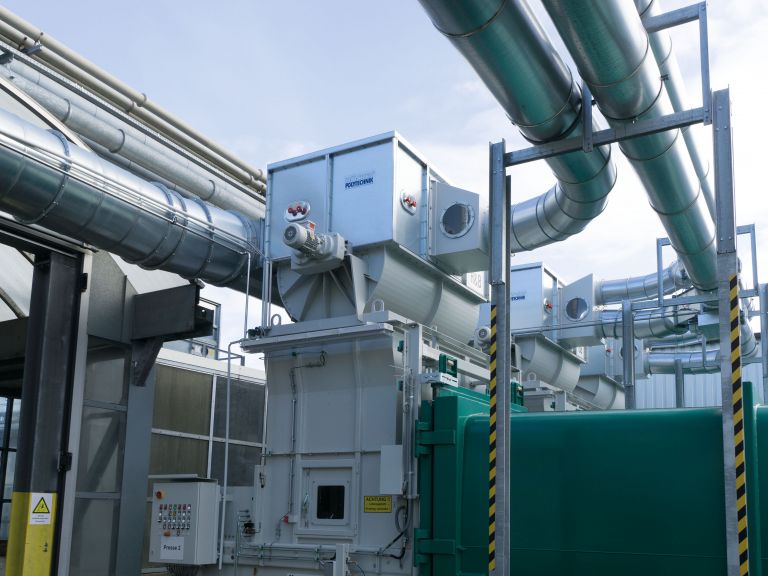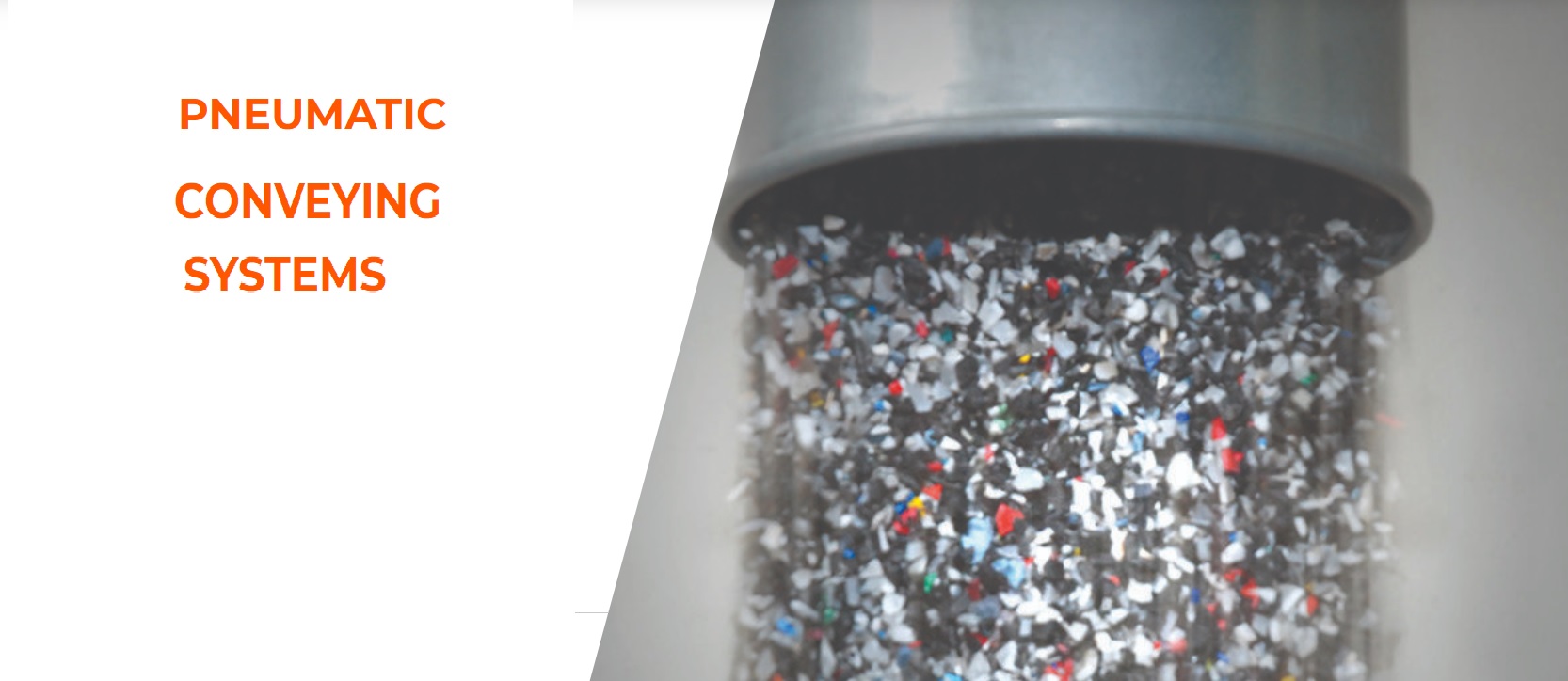If you’re in the business of manufacturing or processing any type of product, then you know that efficient material separation is key to keeping your production line running smoothly. There are many different types of separating materials on the market today, each with its own unique set of capabilities and applications. In this blog post, we will take a look at how these devices work and explore some of their most common uses.
Industrial Material Separators
Industrial material separators are an important part of many manufacturing and production processes. They work by separating different materials from each other, which can be used for a variety of purposes. They are used to extract valuable materials from a mixture and to improve the quality of the final product.
Industrial material separators are machines that are used to sort and separate materials. They are often used in recycling facilities to separate different types of materials, such as metals, plastics, and glass.
How do industrial material separators work?
Industrial material separators work by using a variety of methods to separate materials. These methods can include air separation, gravity separation, and magnetic separation. Air separation is a process that uses high-speed air streams to separate materials.
Gravity separation is a process that uses the force of gravity to separate materials. Magnetic separation is a process that uses magnets to separate materials.
What are industrial material separators used for?
Industrial material separators are often used in recycling facilities to separate different types of materials, such as metals, plastics, and glass. Industrial material separators can also be used to sort food waste, paper products, and other materials.
There are many different types of industrial material separators, and each type is designed for a specific purpose. Some industrial material separators are designed to sort materials by weight, while others are designed to sort materials by size. Still, others are designed to sort materials by color or other characteristics.
They can help separate light impurities, including particles like dust and sand, from heavier materials like metal. In doing so, they help to maintain the quality of products and protect against contamination.
Industrial material separators come in a range of shapes and sizes. The most common type is the rotary separator. This consists of a rotating drum with perforations or holes in it. As the drum rotates, the impurities are forced through the holes by centrifugal force and are collected in a separate chamber.
Final Note
No matter what type of industrial material separator you need, there is a machine out there that can help you get the job done. If you are looking for a way to sort and recycle materials, and industrial material separator may be the perfect solution for you.



